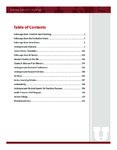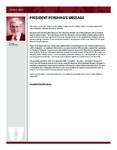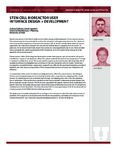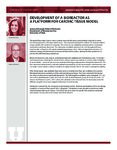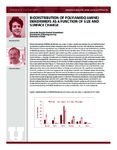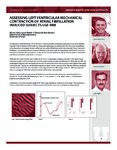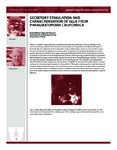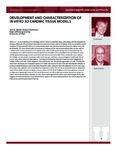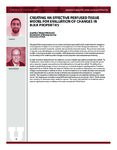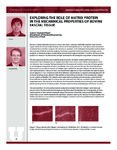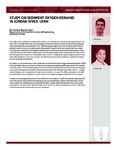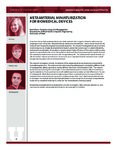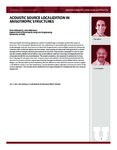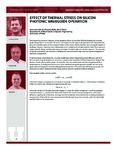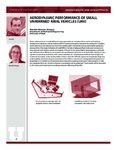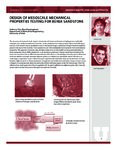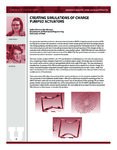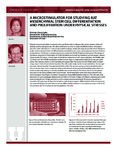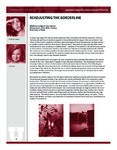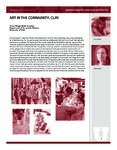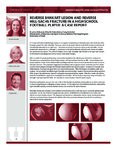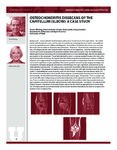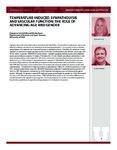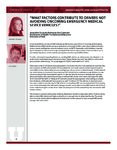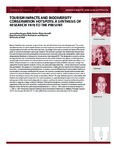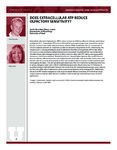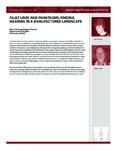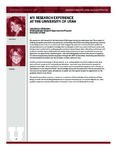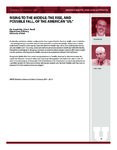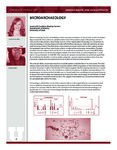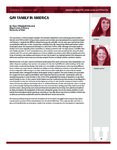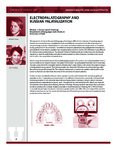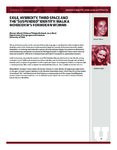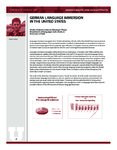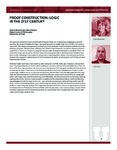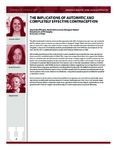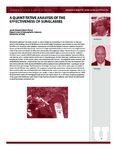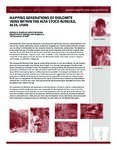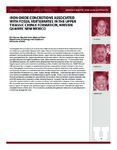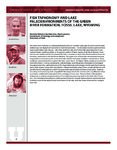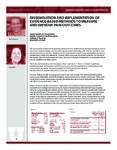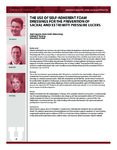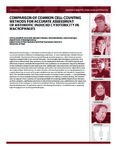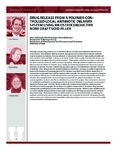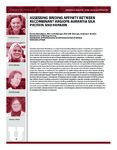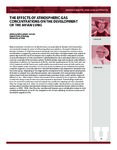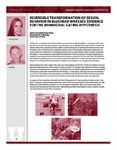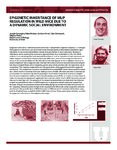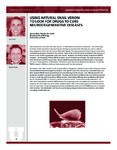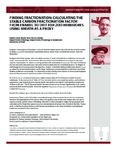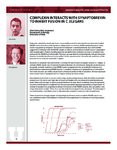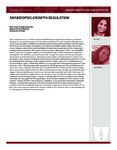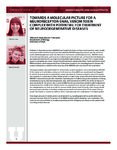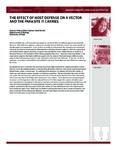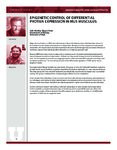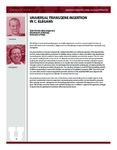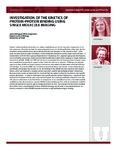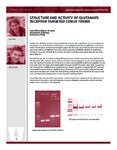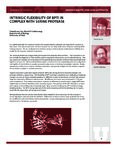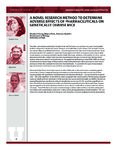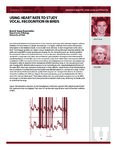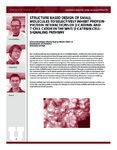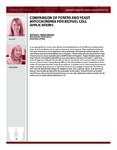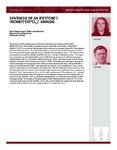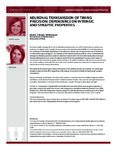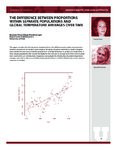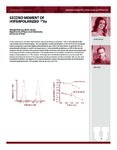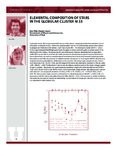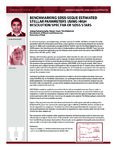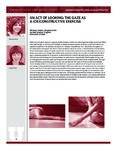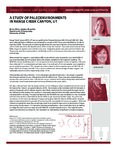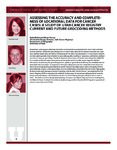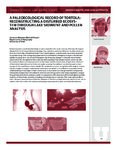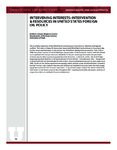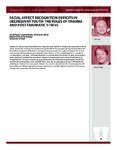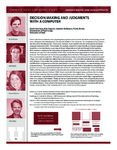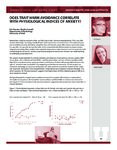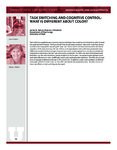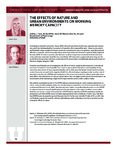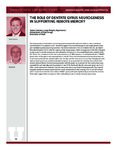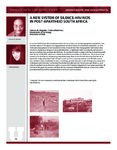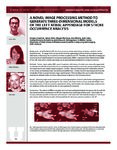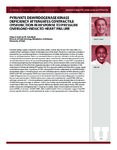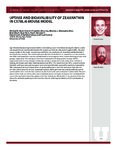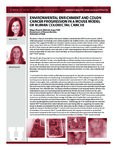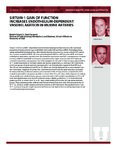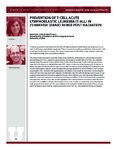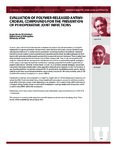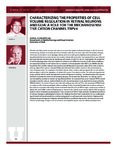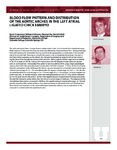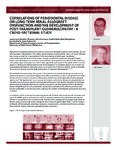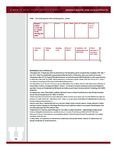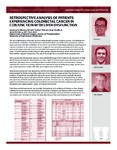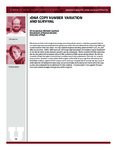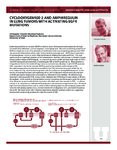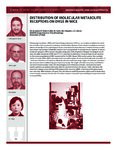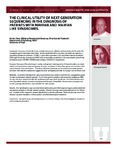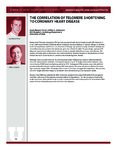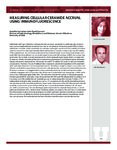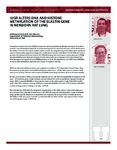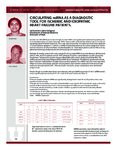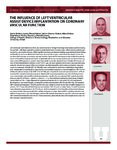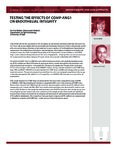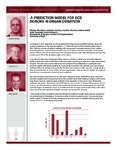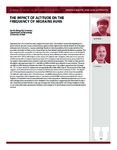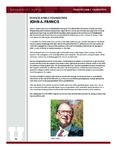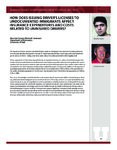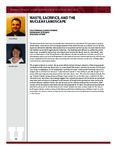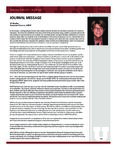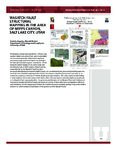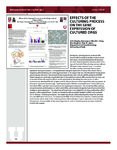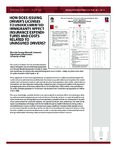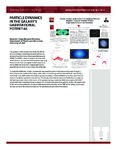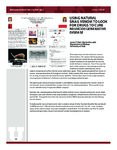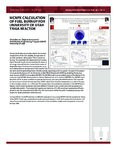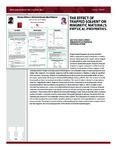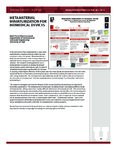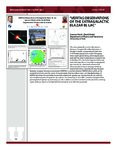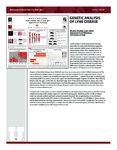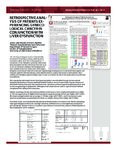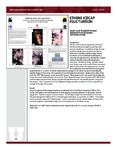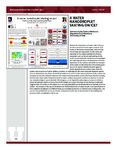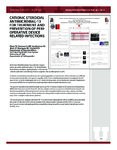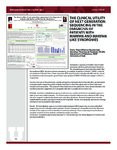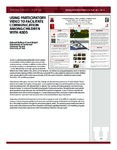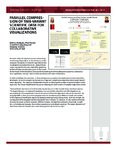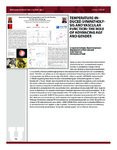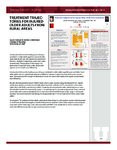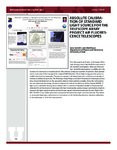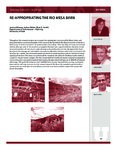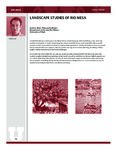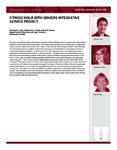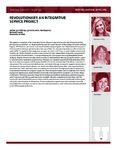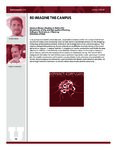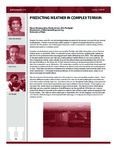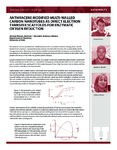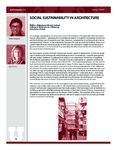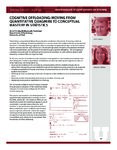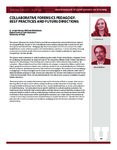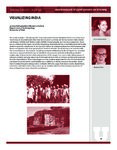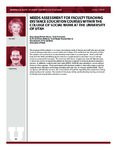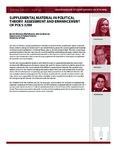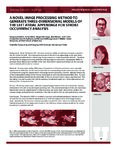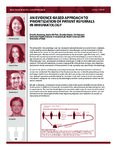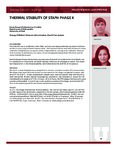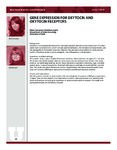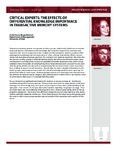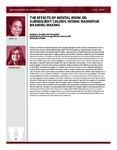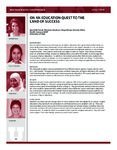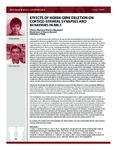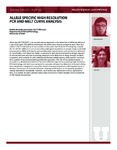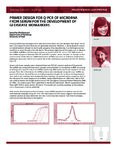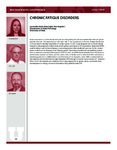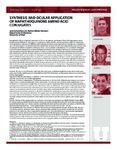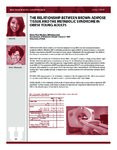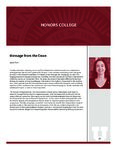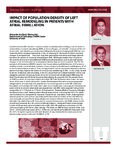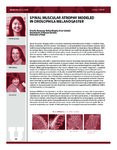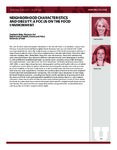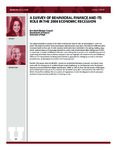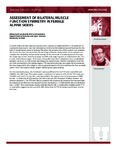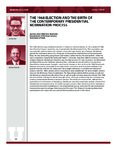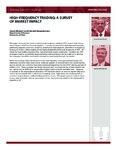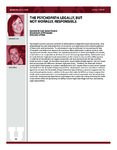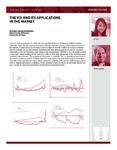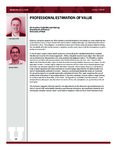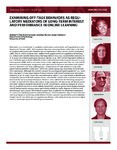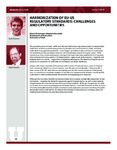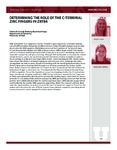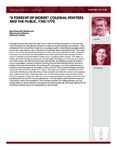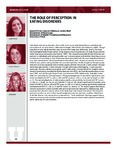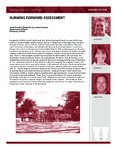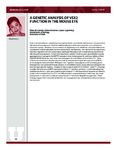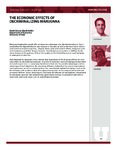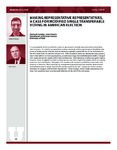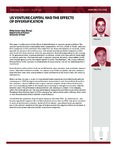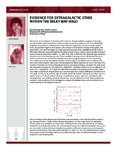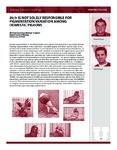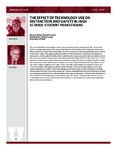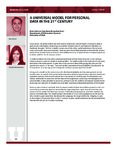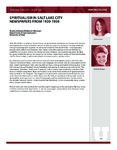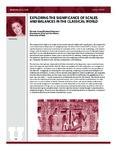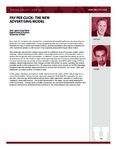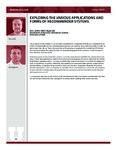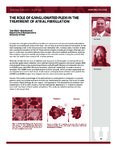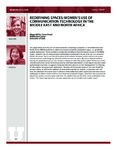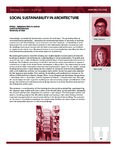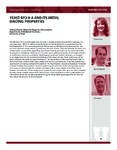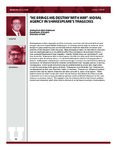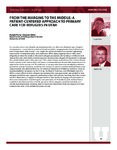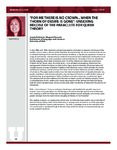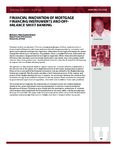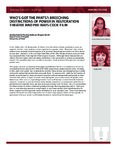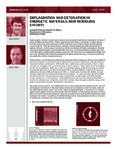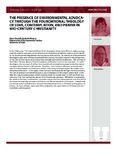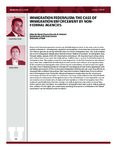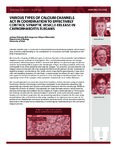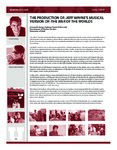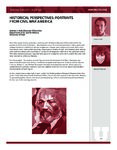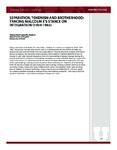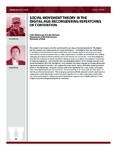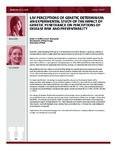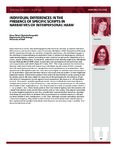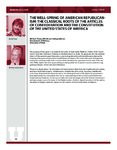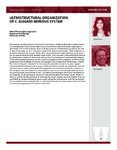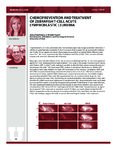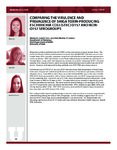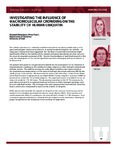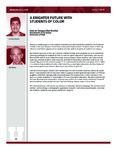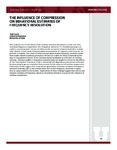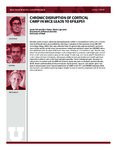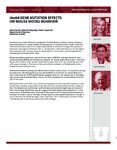| OCR Text |
Show 156 HOW DOES CERAMIDE ACTIVATE PROTEIN PHOSPHATASE 2A PP2A ? Robert Calvert, Ting Ruan, Anindita Ravindran (J. David Symons) Department of Exercise and Sport Science College of Health University of Utah RESEARCH POSTERS ON THE HILL SPRING 2012 How Does Ceramide Activate Protein Phosphatase 2A (PP2A)? Anindita Ravindran,Ting Ruan, Robert Calvert (J. David Symons) College of Health and Division of Endocrinology, Metabolism and Diabetes, University of Utah, Salt Lake City, USA, 84112 Figure 2. Figure 4. Pal-induced ceramide accrual causes PP2A to associate directly with eNOS, and impairs Akt and Hsp90 association with eNOS. Figure 4. A, B, C. BAECs were incubated for 3 h ± pal ± myr or ± pal ± OA. For the last 10-min, BAECs were treated with veh or ins. After eNOS immunoprecipitation (IP), a western blot (IB) for PP2A, Akt, Hsp90, and eNOS was performed. A. Pal promotes PP2A association with eNOS in a ceramide-dependent manner. n=9-11 per treatment. Pal decreases Akt (B) and Hsp90 (C) association with eNOS in a ceramide-dependent manner. n=5-8 per treatment. *p<0.05 vs. CON, vehicle; #p<0.05 vs. (+ ins)(- pal) D. Results from cell culture can be translated to intact animals. PP2A associates with eNOS in vessels from des1+/+ mice that consume HFD but not in vessels from des1+/- mice that consume a HFD. n=5-6 arterial homogenates from CON and HF des1+/+ and des1+/- mice, *p<0.05 vs. CON des1+/+; #p<0.05 vs. HF des1+/+. Results represent mean ± SEM. Figure 5. Ceramide disrupts the association between I2PP2A and PP2A. CONCLUSIONS Pal-induced ceramide accrual decreases the association between PP2A and I2PP2A, and PP2A associates with eNOS. When PP2A associates with eNOS, Akt and Hsp90 cannot associate with eNOS, and NO production is impaired. Impaired NO production might precipitate vascular dysfunction and hypertension that are associated with diet-induced obesity and type 2 diabetes. J. David Symons Anindita Ravindran Ting Ruan Figure 1. Ceramide biosynthesis. Figure 1. Ceramide is increased in blood vessels of mice fed HFD, and in endothelial cells incubated with palmitate. Ceramide accrual can be inhibited pharmacologically (myriocin) or genetically. The issue •Obesity predisposes individuals to type 2 diabetes. •Vascular disease (e.g., impaired arterial function, systemic hypertension) is approximately four fold more prevalent in patients with type 2 diabetes vs. individuals without this condition.1 •By 2050 it is projected that 1 out of every 3 Americans will have type 2 diabetes.2 The cost •Cardiovascular complications cause daily pain and suffering for over 20 million and contribute to over 200,000 deaths annually in the United States.1 •In 2009 the national cost of complications attributed to diabetes (e.g., cardiovascular diseases, etc.) was $116 billion, and indirect expenditures attributed to diabetes (e.g., permanent disability, etc.) totaled $58 billion.1 •In 2009 heart disease and stroke accounted for approximately 65% of death in people with diabetes.1 Background •Mice fed a high fat diet (HFD) develop systemic metabolic disturbances (e.g., elevated free fatty acids; FFAs), hypertension, vascular dysfunction, and 2-fold elevations in vascular ceramide accrual.3,4 FFAs are an important substrate for ceramide biosynthesis (Figure 1). •Hypertension and / or vascular dysfunction evoked by HFD are attenuated when ceramide synthesis is inhibited pharmacologically or genetically (Figure 1).4 •Palmitate is a physiologically relevant FFA that impairs endothelial nitric oxide (NO) synthase (eNOS) phosphorylation and NO production in a ceramide-dependent manner. Ceramide likely impairs vascular function by lowering NO bioavailability. Purpose •To determine the mechanism(s) whereby ceramide impairs eNOS phosphorylation and NO bioavailability. Hypotheses •Palmitate-induced ceramide accrual causes protein phosphatase 2A (PP2A) to disrupt the eNOS / Hsp90 / Akt signaling complex. •Palmitate-induced ceramide accrual decreases the association between inhibitor 2 of PP2A (I2PP2A) and PP2A. 1. Centers for Disease Control and Prevention: National Diabetes Fact Sheet 2009. 2. Boyle et al. Population Health Metrics 2010, 8:29. 3. Symons JD et al. Circ Res 104: 1085-1094, 2009. 4. Zhang, Q-J, Diabetes, In Press, 2012 * Breeding pairs of des1 mice were kindly provided by Lexicon Pharmaceuticals, Inc. The Woodlands, TX 77381 Special thanks to QJ Zhang, WH Holland, SA Summers, ED Abel 0.5 1.0 1.5 2.0 2.5 - + * - + - + - + fold change B. pal ins - - + + - - + + * - myriocin + myriocin * * # Palmitate increases ceramide accrual in endothelial cells. Figure 2. Incubating Bovine Aortic Endothelial Cells (BAECs) with 500uM palmitate for 3 h increases vascular ceramide accumulation. Palmitate-induced ceramide accrual can be inhibited by myriocin, a serine palmitoyl transferase (SPT) inhibitor (See Figure 1). n=8. * p<0.05 vs. VEH. #p<0.05 vs. PAL. Values are mean ± SEM. Figure 3. Palmitate-induced ceramide accrual decreases basal and insulin-stimulated eNOS phosphorylation. Figure 3. A. Working hypothesis. Ceramide causes PP2A to associate with eNOS. When this occurs, Akt and Hsp90 association with eNOS is disrupted, and NO production is impaired. B. As a first step to test this hypothesis, BAECs were incubated in the presence (+) or absence (-) of palmitate (pal) ± myriocin (myr). For the last 10-min, BAECs were treated with veh or insulin (ins). Pal decreased basal and ins stimulated eNOS phosphorylation in a ceramide-dependent manner. n=10-32 per treatment. * p<0.05 vs. vehicle; #p<0.05 vs. (+) ins C. To test whether PP2A plays a role in this process, BAECs were incubated ± pal ± okadaic acid (OA; a pharmacological inhibitor of PP2A). Pal decreased basal and ins stimulated eNOS phosphorylation in a PP2A-dependent manner. n=12-18 per treatment. *p<0.05 vs. vehicle. #p<0.05 vs. (-) pal (+) ins (-) OA. C. A. C. D. A. B. C. D. RobbieCalvert Figure 5. A. I2PP2A binds to and restrains PP2A and NO production is normal. B. We tested whether pal-induced ceramide accrual disrupts the association between I2PP2A and PP2A to thus allow PP2A to associate with eNOS. C, D. BAECs were incubated ± pal ± myr. After PP2A IP, IB for PP2A and I2PP2A was performed. C. Pal decreased the association between I2PP2A and PP2A in a ceramide-dependent manner. D. Similar results were obtained with the reciprocal IP. n=15-17 per treatment. *p<0.05 vs. vehicle. Results represent mean ± SEM. A. B. SPT1 inhibition using myriocin prevents palmitate-induced ceramide accumulation n=8 for all Mean fluorescence intensity (arbitrary units) 10 20 30 40 50 60 VEH PAL MYR PAL+MYR CON * * # n=8 The prevalence of diet-induced obesity (DIO) in the United States exceeds 30% for both genders in most age groups. DIO represents an immense economic and social burden to society. DIO can predispose individuals to type 2 diabetes. Patients with DIO and type 2 diabetes are at greater risk for developing cardiovascular com-plications e.g., hypertension and impaired blood vessel function. Our laboratory is interested in elucidat-ing mechanisms responsible for blood vessel dysfunction in the context of DIO. Patients with DIO have elevated circulating free fatty acids (FFAs). When FFA accumulation exceeds adipose storage and oxidative capacity they are deposited into tissues not suited for lipid storage (e.g., skeletal muscle, liver). This lipid over-supply is associated with the accumulation of bioactive lipid metabolites (e.g., ceramide). Using phar-macological and genetic approaches in mice with DIO we showed recently that ceramide is an important signaling link between elevated FFAs and impaired arterial function. Molecular mechanisms were studied using isolated endothelial cells. Results revealed that ceramide disrupts an important enzyme - endothe-lial nitric oxide synthase (eNOS) - by activating protein phosphatase 2A (PP2A) and causing it to associate with eNOS. Intact eNOS enzyme function is requisite for stimuli (e.g., blood ow, insulin) to increase blood vessel diameter so that appropriate nutrient and oxygen delivery to tissues can occur. Mechanisms re-sponsible for how ceramide increases PP2A activation are unknown. Non-competitive biological inhibitors of PP2A exist in the cytosol [e.g., inhibitor 2 of PP2A (I2PP2A)]. Our preliminary data indicate that elevated ceramide: decreases the association between I2PP2A and PP2A; increases the association between PP2A and eNOS; and decreases eNOS enzyme function. Therefore, elevated ceramide might activate PP2A by suppressing the inhibitory in uence of I2PP2A on PP2A. Results from these and future studies will provide mechanistic insight linking endogenous vascular ceramide biosynthesis to cardiovascular defects in DIO and type 2 diabetes, and present new targets for the treatment of vascular dysfunction in these prevalent conditions. |





